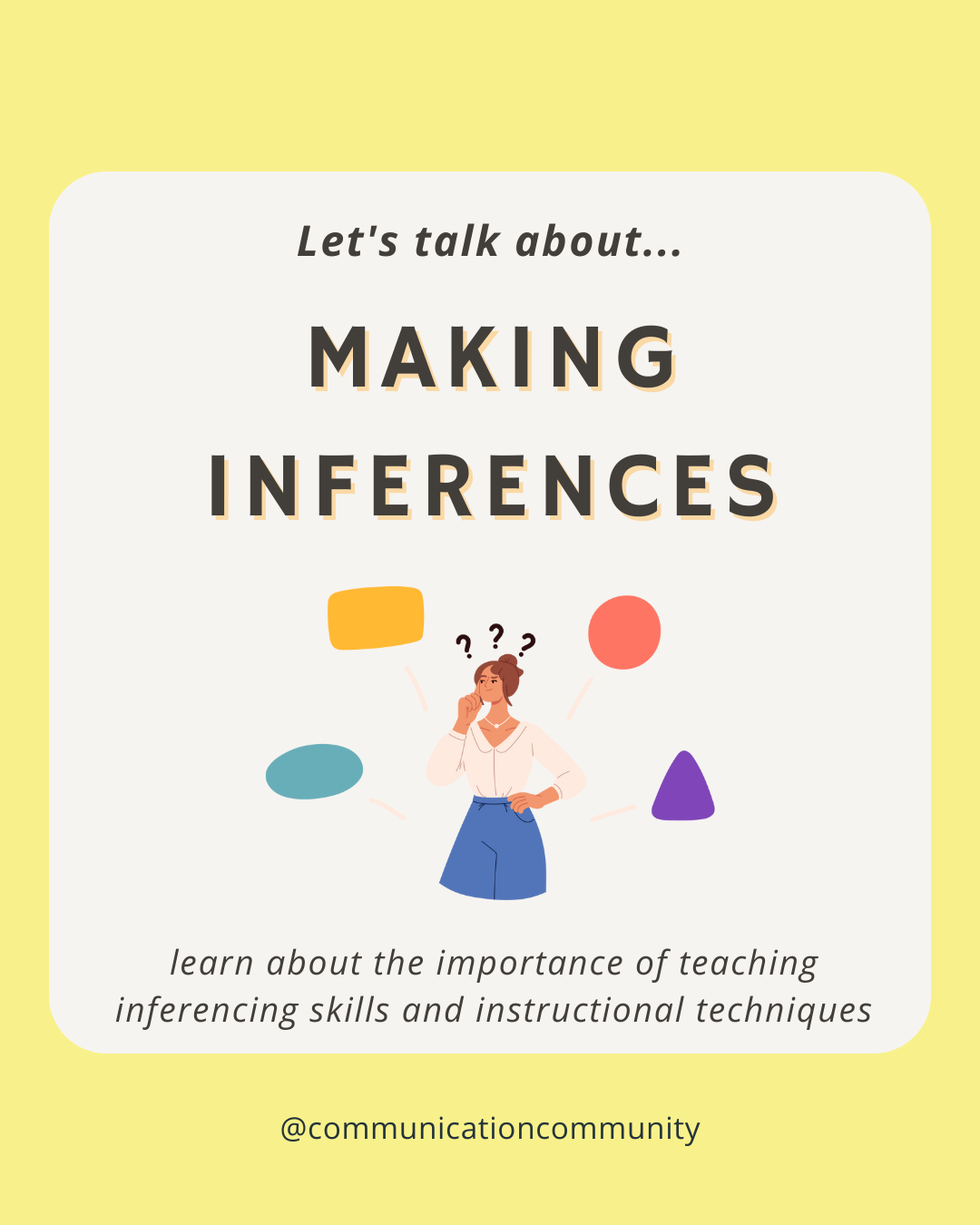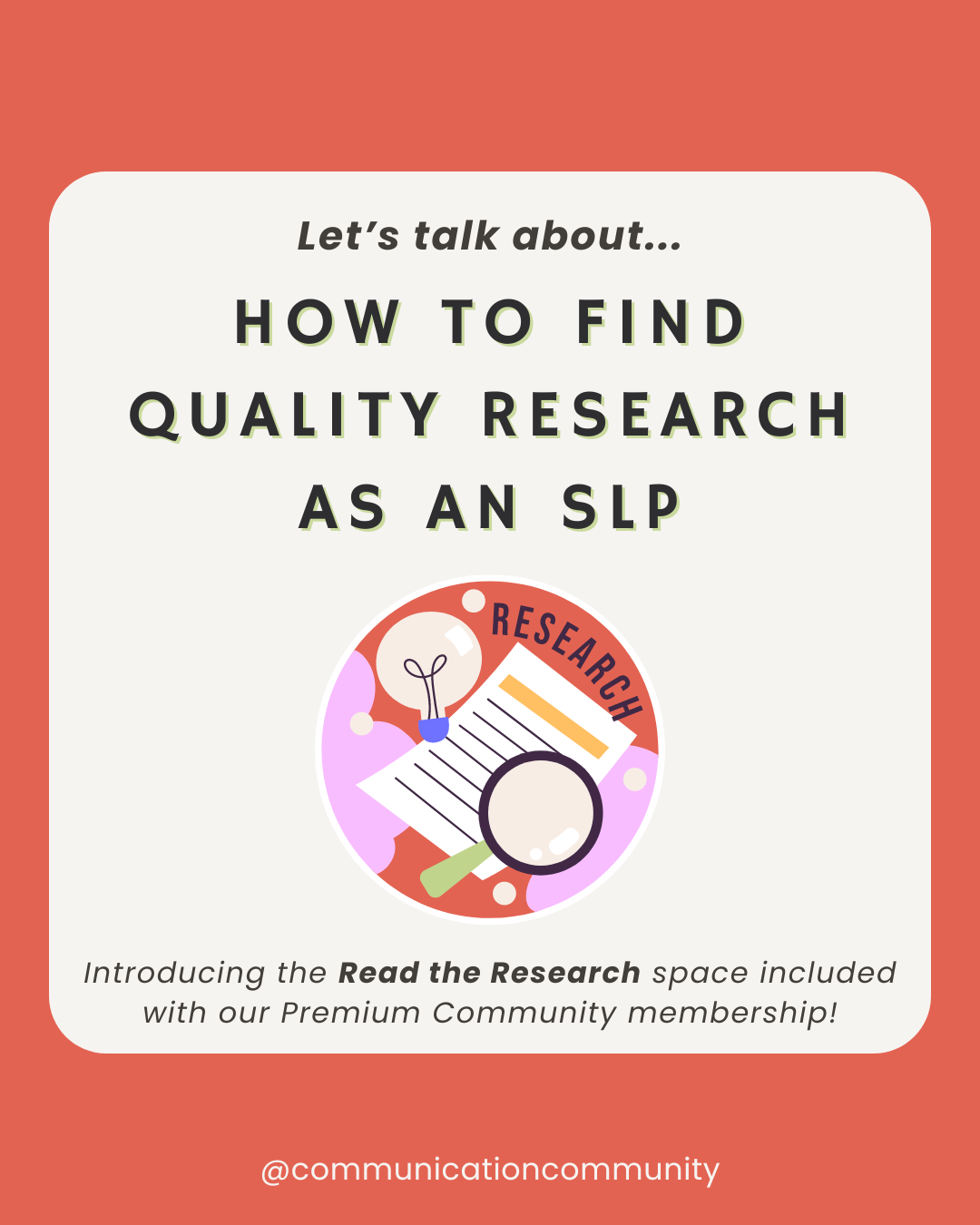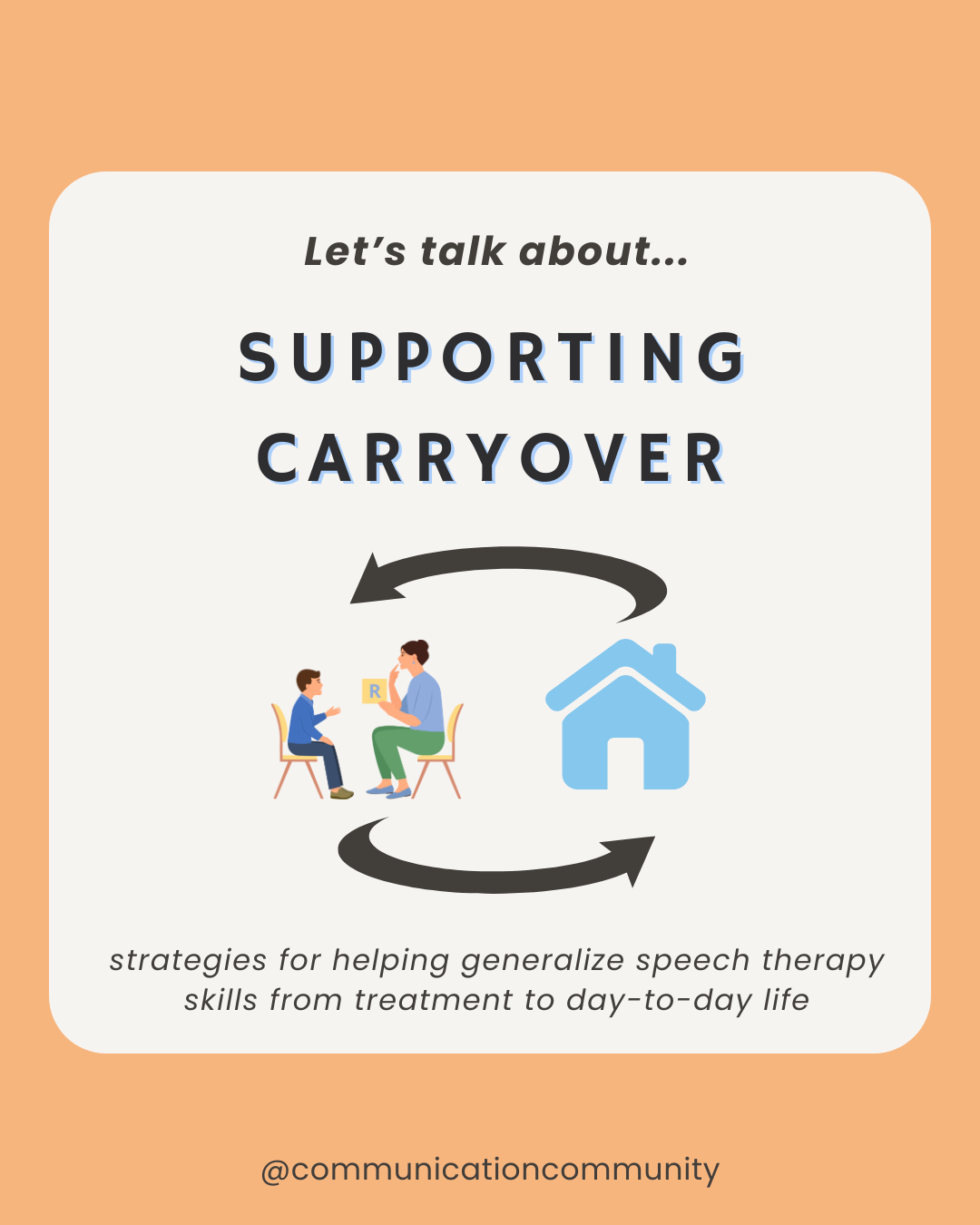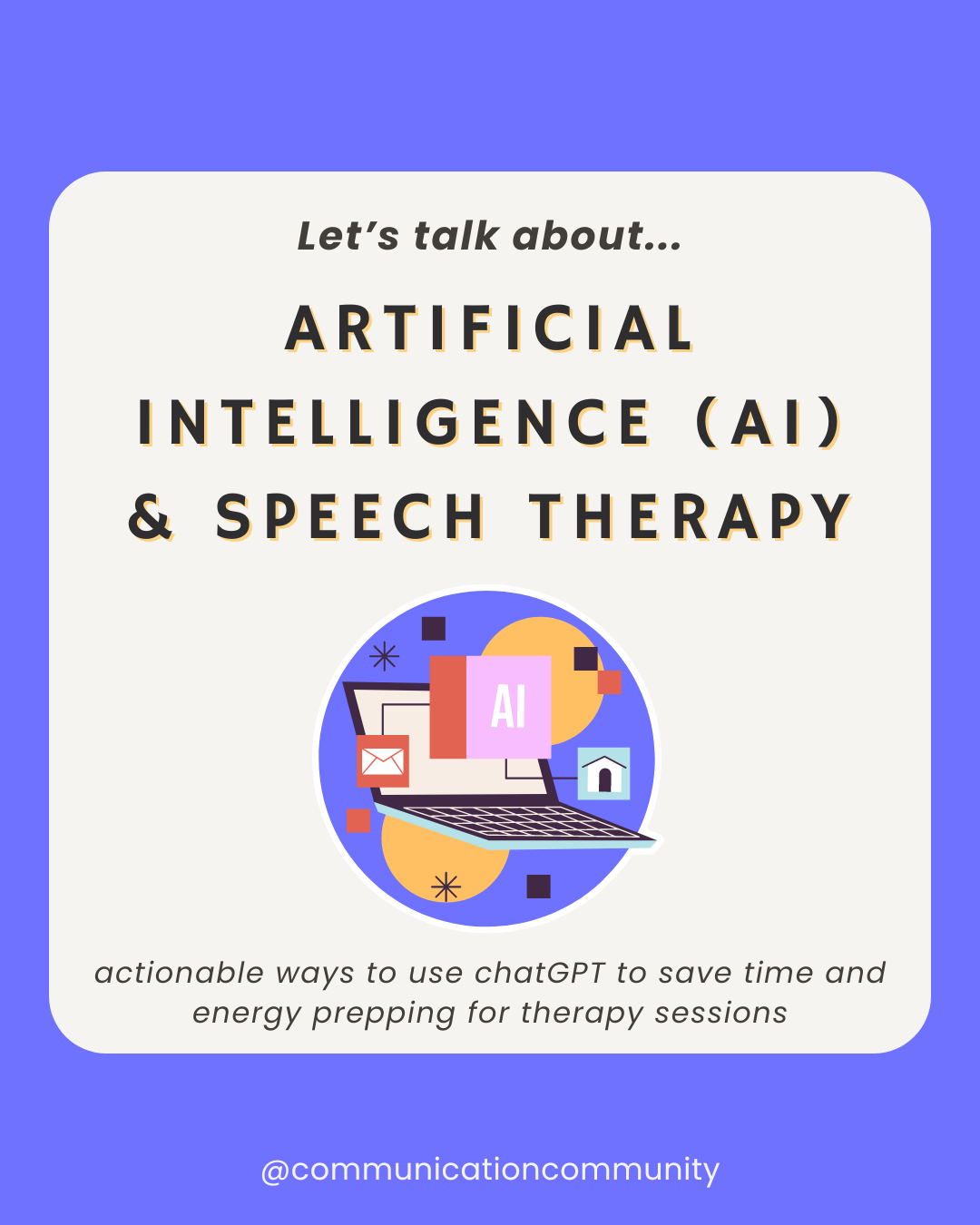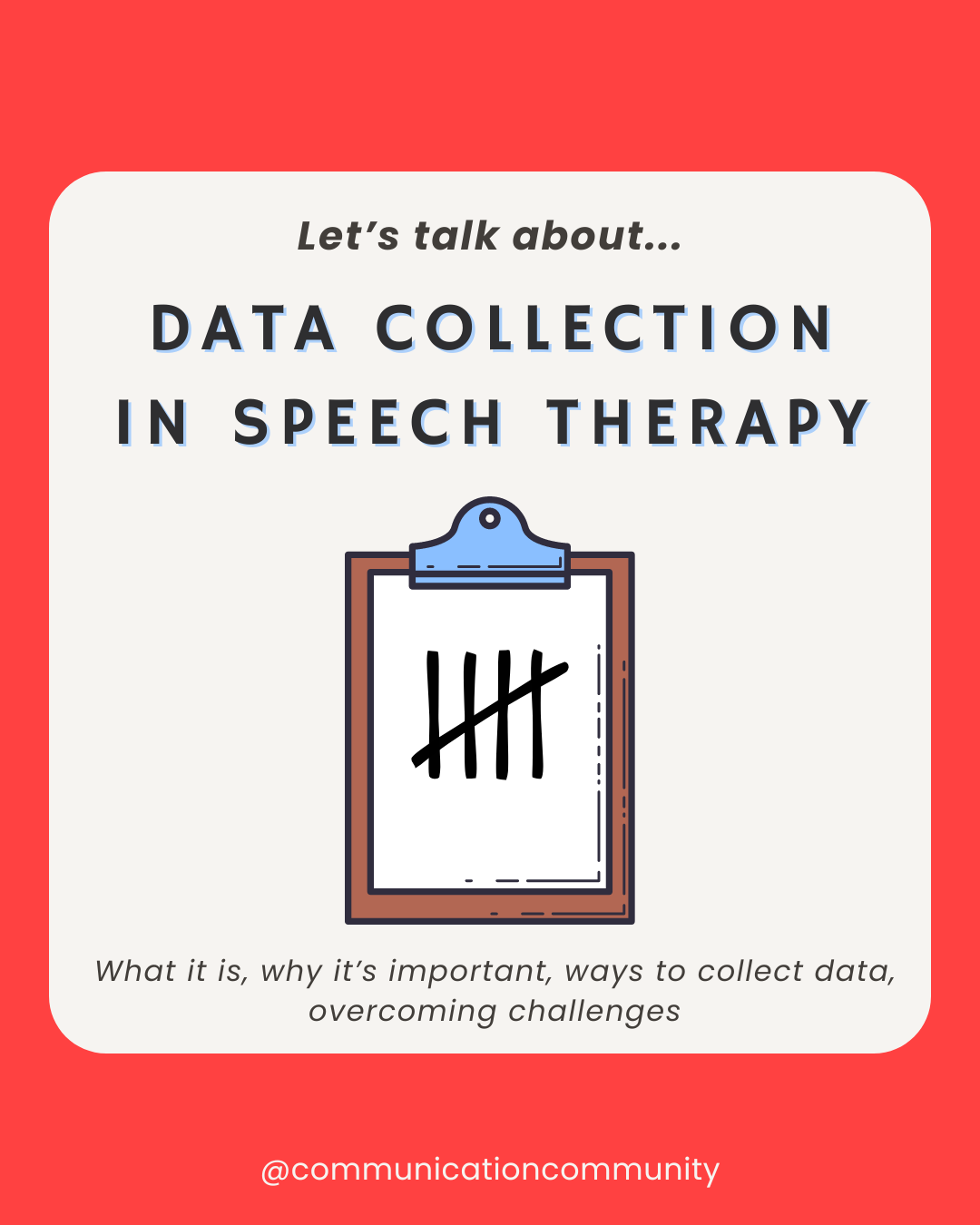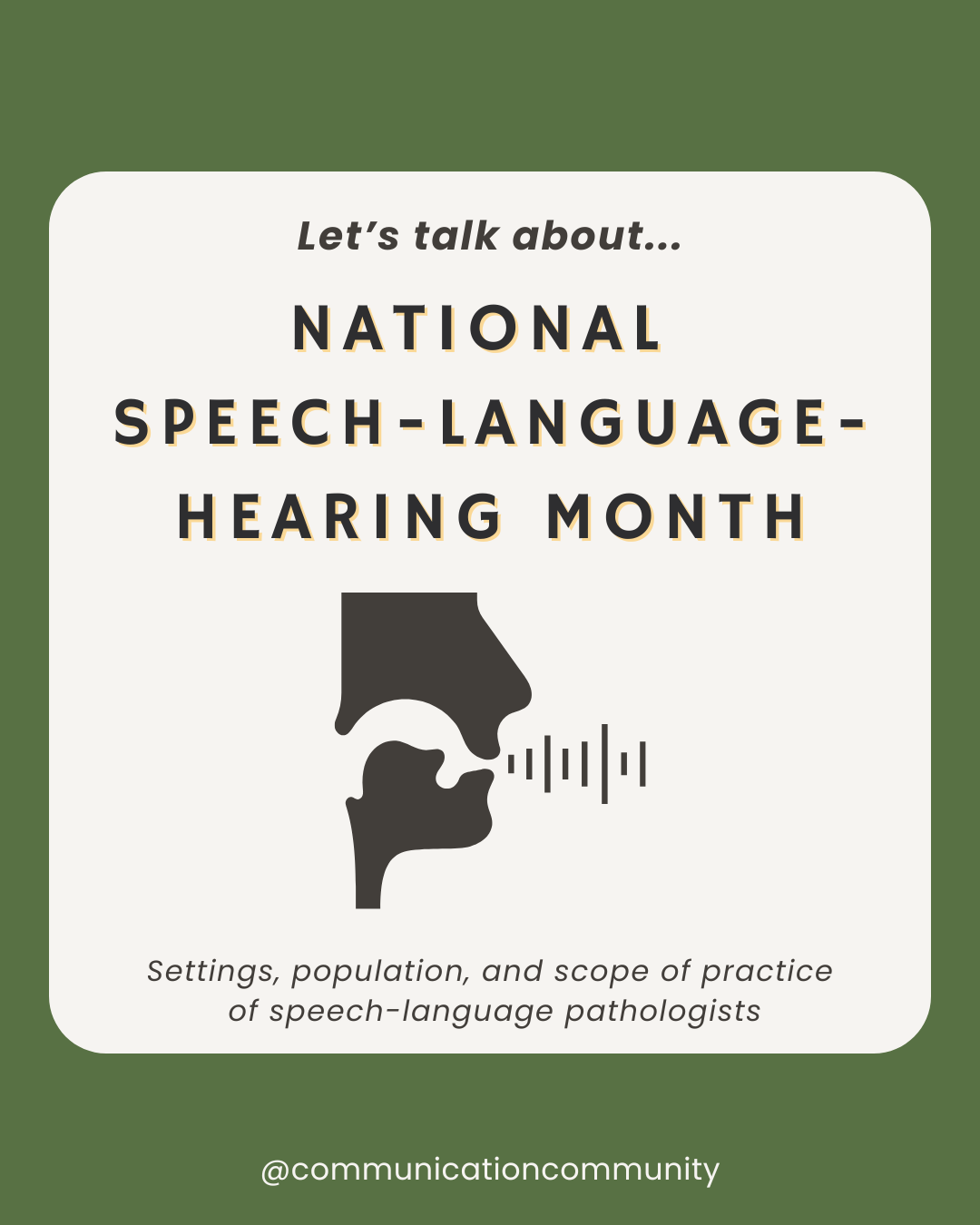Learning to make inferences is one of the most important tasks I target in my speech therapy sessions. It plays an essential role in communication, comprehension, and daily functioning. Developing skills to make inferences has widespread applicability across contexts and settings, making it one of my favorite skills to work for a variety of individuals and ages!
Every individual has a different way of learning and interpreting information around them; therefore, inferencing instruction can be adaptable for various skill levels. For example, one individual may work on an activity where they make an inference by examining a picture scene or a situation within their immediate environment. A different inferencing task may require the individual to read a complex passage and answer corresponding questions by inferring from the text.
This blog post delves into evidence-based strategies for teaching and enhancing inferencing skills and highlights the significance of inferencing in various contexts.
Why is Learning to Make Inferences Important?
One of the most significant takeaways from making inferences is how it can impact individuals’ safety and environmental awareness.

For example, walking on a wet floor might make you infer it’s slippery, prompting caution and refraining from running or moving quickly over the slick surface. Hearing a siren while walking/driving triggers an inference that an emergency vehicle is nearby, signaling the need to make way for the emergency vehicle.
Appropriately making an inference can essentially ‘make or break’ responding in moments when safety is in question. Speaking as a therapist, if there is anything that I can do to enhance safety awareness with my clients, especially for an individual who requires more explicit teaching in this area - that is an intervention task I will gladly partake in! Additionally, making inferences is a solid technique for enhancing the following functional areas:
- Reading Comprehension: Grasping the hidden meanings or messages within a story, not just the obvious statements.
- Social-Emotional Understanding: Appropriately interpreting gestures/facial expressions, detecting sarcasm, or grasping the emotional undertone of a statement are all rooted in inferencing.
- Problem-solving: Decoding the unseen aspects of a situation can lead to improvement in navigating difficult situations and finding functional solutions.
- Language Development: Especially for our younger clients, inferencing propels vocabulary growth and comprehension of intricate narratives.
It is also important to note that you can most certainly target inferencing skills with individuals who are non-readers! Often, I see ‘teaching inferences’ limited to reading passages, which simply isn’t the case. Inferencing can be taught in many different ways. We will discuss below:
How to Teach Making Inferences in Speech Therapy
Initially, when I began to work on inference skills in therapy, I would introduce this concept by saying: we make inferences by taking the information we already know PLUS the clues that we can see. While this is a great beginning technique if you are introducing making inferences within picture scenes/text; I realized that I was leaving out SO many other natural ways that we make inferences across environments. Consider the examples above: feeling a wet, slippery floor and deciding to walk with caution or hearing a siren and clearing the path for emergency personnel. By limiting ‘clues’ to only what we can see, we are limiting our clients from the full scope of ways to make an inference.
Teaching How to Make Inferences: Incorporating Senses

Ah, I LOVE using senses as a way to introduce making inferences! Blending evidence-based strategies with sensory experiences can offer a holistic approach to enhancing inferencing skills and keep individuals engaged during therapy tasks. Check out some examples below:
1. Sight (Visual):
Information we know + the clues we can see
Material: Picture Scene
Example: Show an image of a tree with fallen orange and red leaves around it. Ask, "What season might it be?" The visual cue of fallen leaves can help individuals infer that it's autumn.
2. Hearing (Auditory):
Information we know + the clues we can hear
Material: Audio recording
Example: Play the sound of distant thunder. Ask, "What might you need to do if you're outside?" The sound of thunder can lead individuals to infer they should go to a safe, indoor location.
3. Touch (Tactile):
Information we know + the clues we can feel
Material: Physical object for examination
Example: Let individuals feel a cool, metal object without seeing it. Ask, "What could this object be?" The cold and solid texture might lead them to infer it's a metal spoon or fork.
4. Smell (Olfactory):
Information we know + clues we can smell
Material: Object with a distinct scent
Example: Introduce the smell of a fresh flower/floral object. Ask, "Where might this smell commonly be found?" The scent can help individuals infer they might be in a garden or bouquet.
5. Taste (Gustatory):
Information we know + clues we can taste
Material: Various food items*
Example: Offer a taste of something salty without revealing the food. Ask, "What could this be based on its taste?" The specific salty flavor and texture might help individuals infer whether it's a chip or a pretzel.
*Note: ensure that you have received permission from parents/caregivers and are aware of any potential food sensitivities or allergies before beginning this activity.
By tapping into the five senses, we can provide rich, immersive experiences that naturally guide individuals toward making informed inferences. These sensory clues serve as a foundation upon which our inferential skills can be built and refined.
Teaching How to Make Inferences: General Tips
- Explicit Teaching: Start with the basics. Teach: What is inferencing? Use everyday examples to make it tangible.
- Think-Alouds: Model the process when applicable. "The sky is dark and cloudy. I think (or infer) it might rain."
- Question Prompts: Shift from "What happened?" to "Why do you think it happened?" or “What clues helped you problem solve?”
- Visual Supports: If your client is examining something like a picture scene, use a two-column chart - one column titled information I already know and the other column titled, clues that I can see (i.e., specifically write/state what ‘clues’ in the picture that support that inference).
Below, check out our making inferences FREEBIE complete with the chart mentioned above and a sample worksheet from our larger inferencing packets.
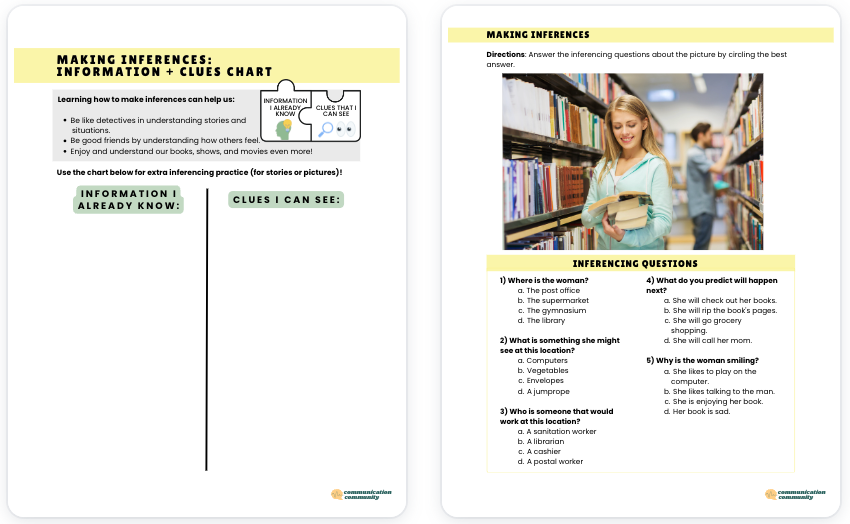
Click here to download this freebie via our TPT store.
If you liked this inferencing freebie, you may want to check out our much larger Inferencing Packets With REAL Pictures - for 3 Different Skill Levels!

- Receptive (fill-in sentences with multiple choice options)
- Receptive (questions with multiple choice options)
- Expressive (open-ended)
This resource (and hundreds of pages of others) is included for one affordable price with our NEW Premium Community Membership! That’s right - UNLIMITED downloads of all of our paid products (think: all of our goal banks 🤩…)!

